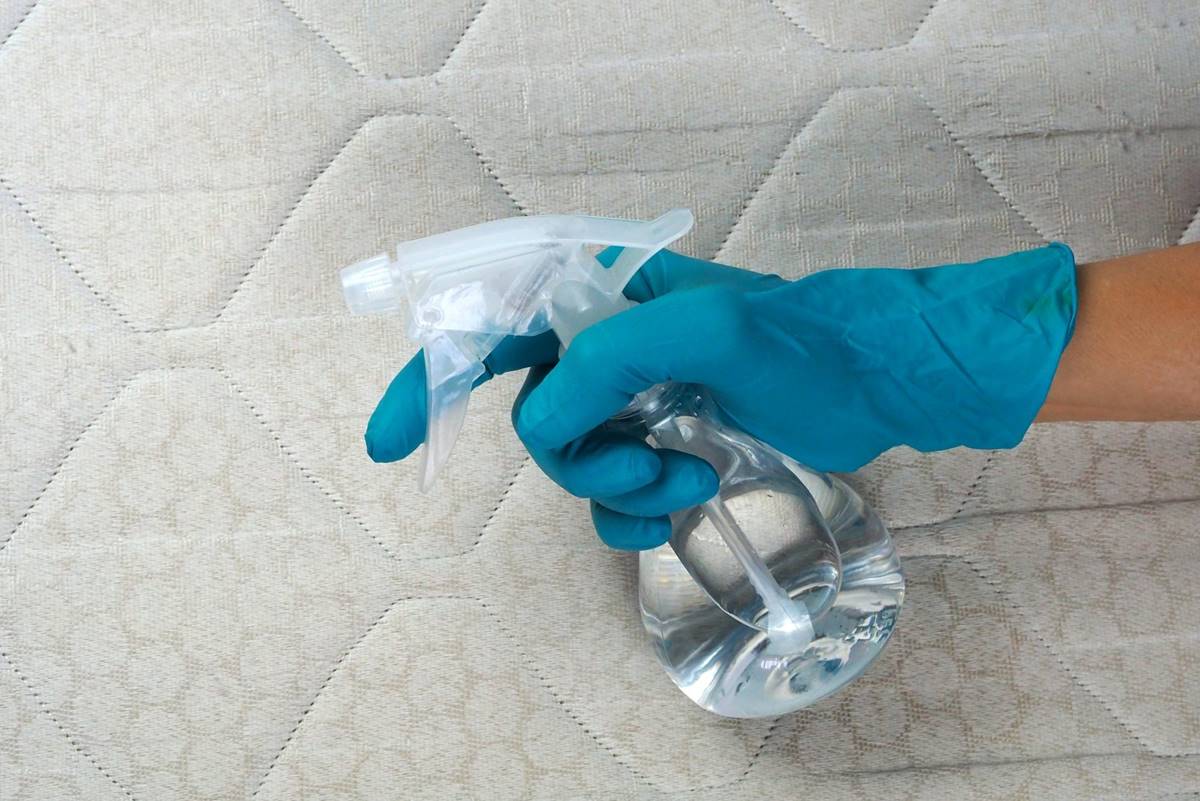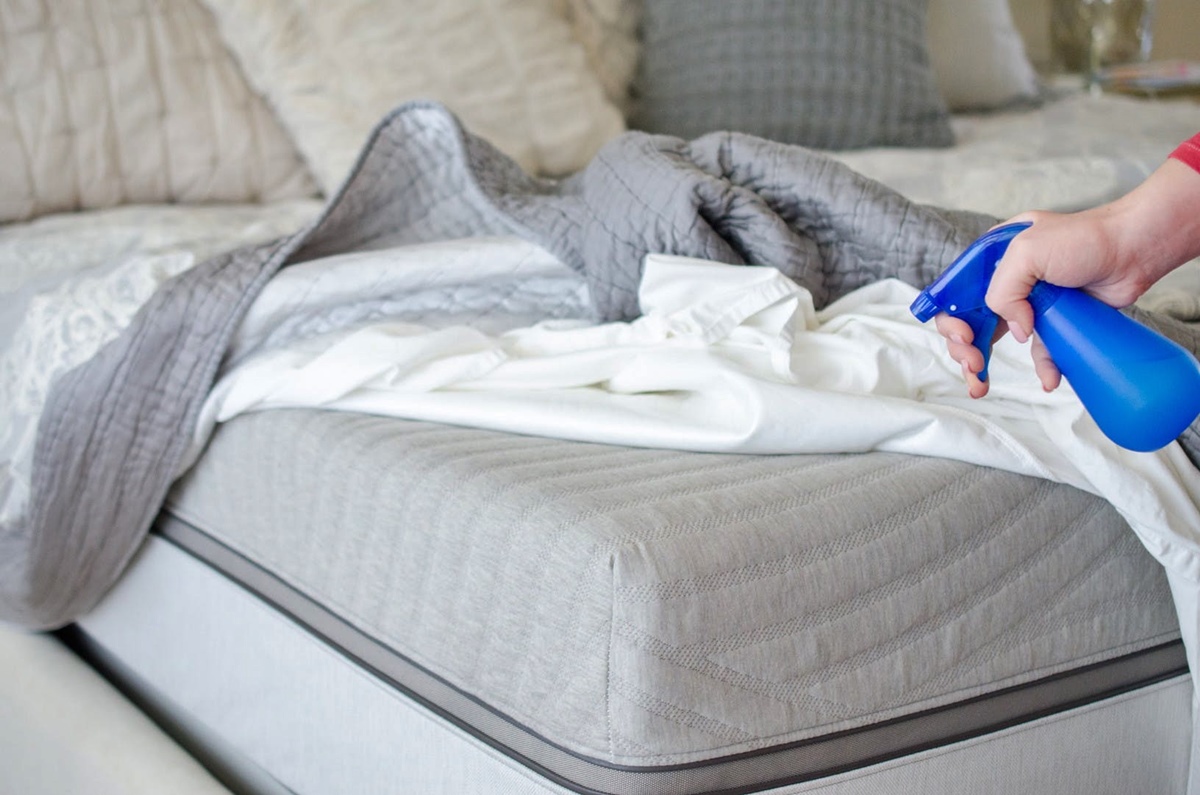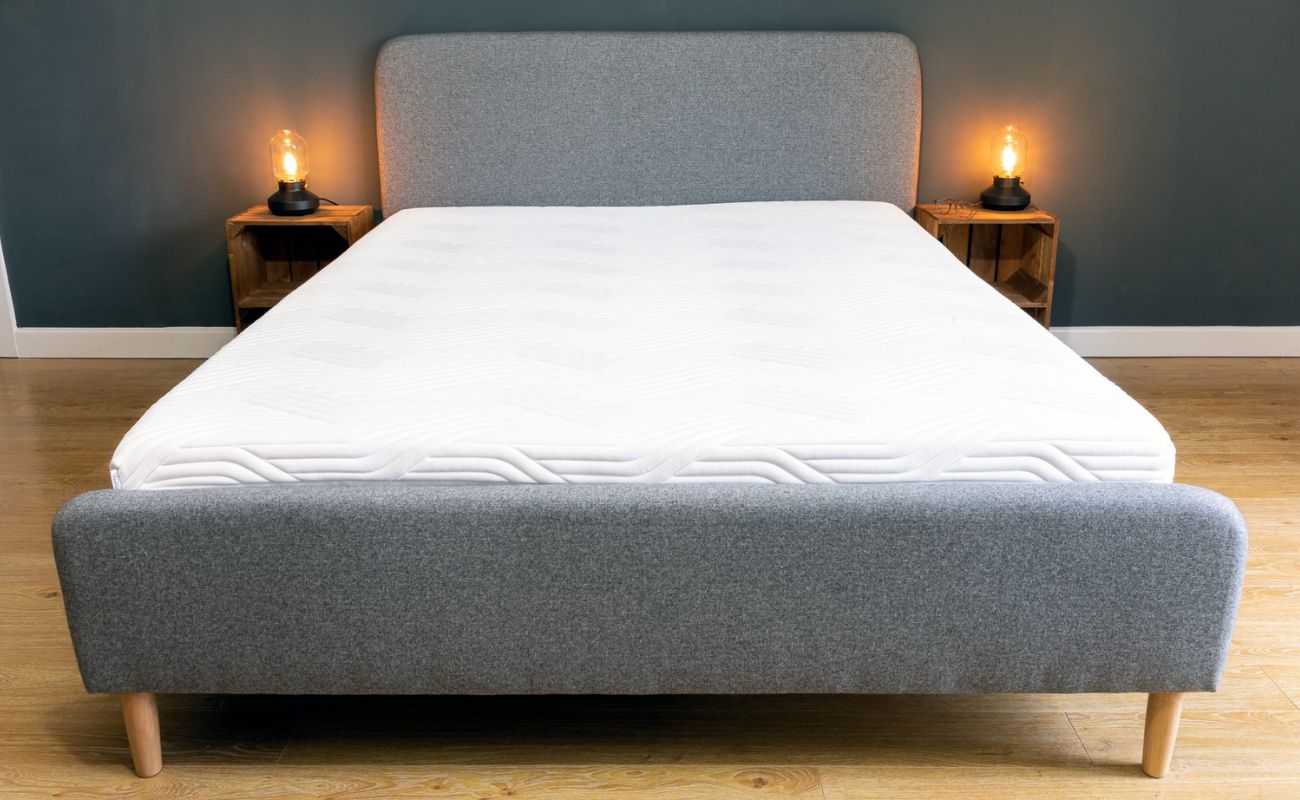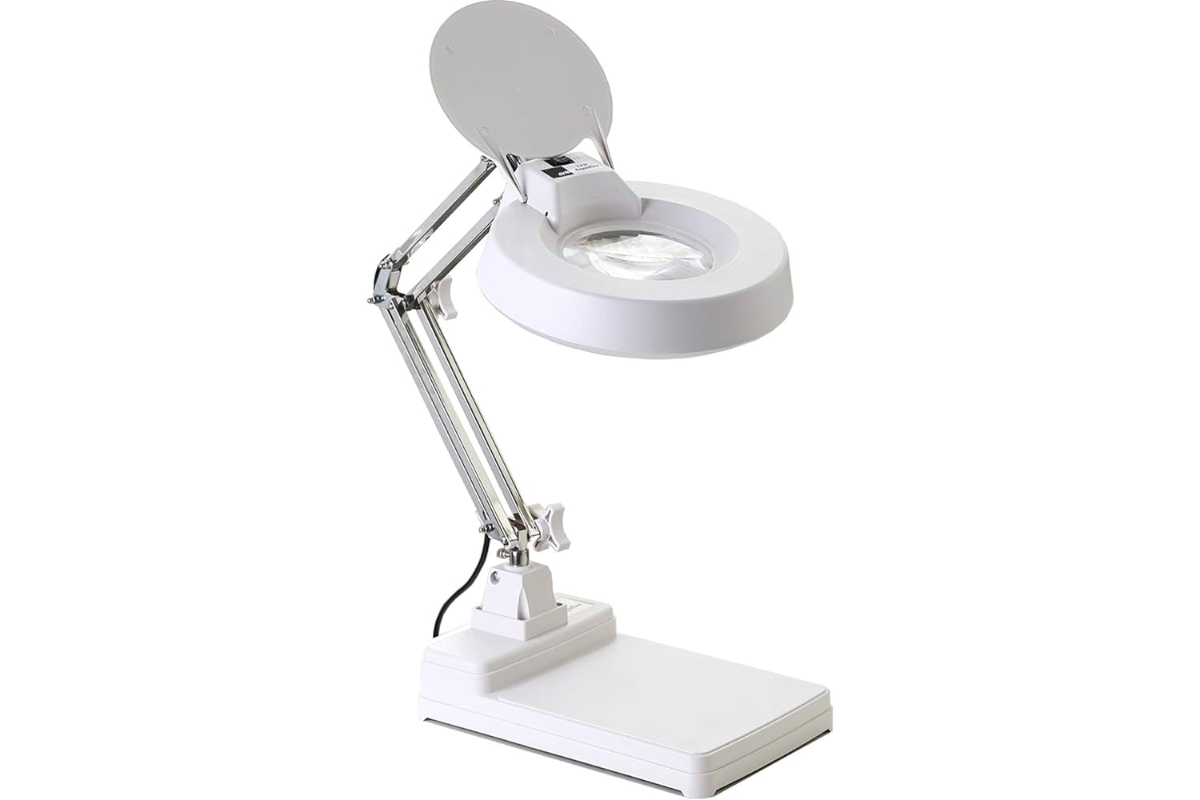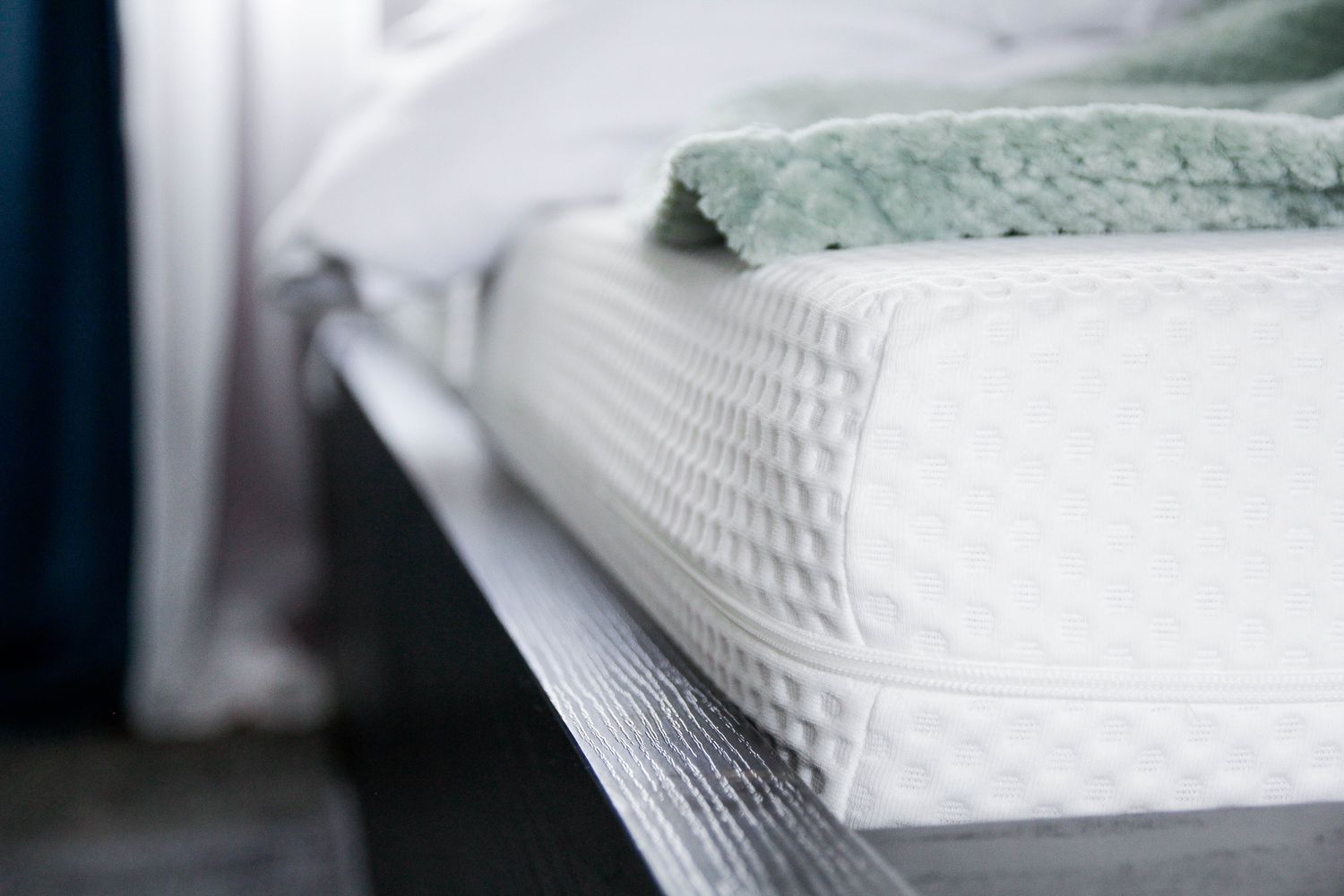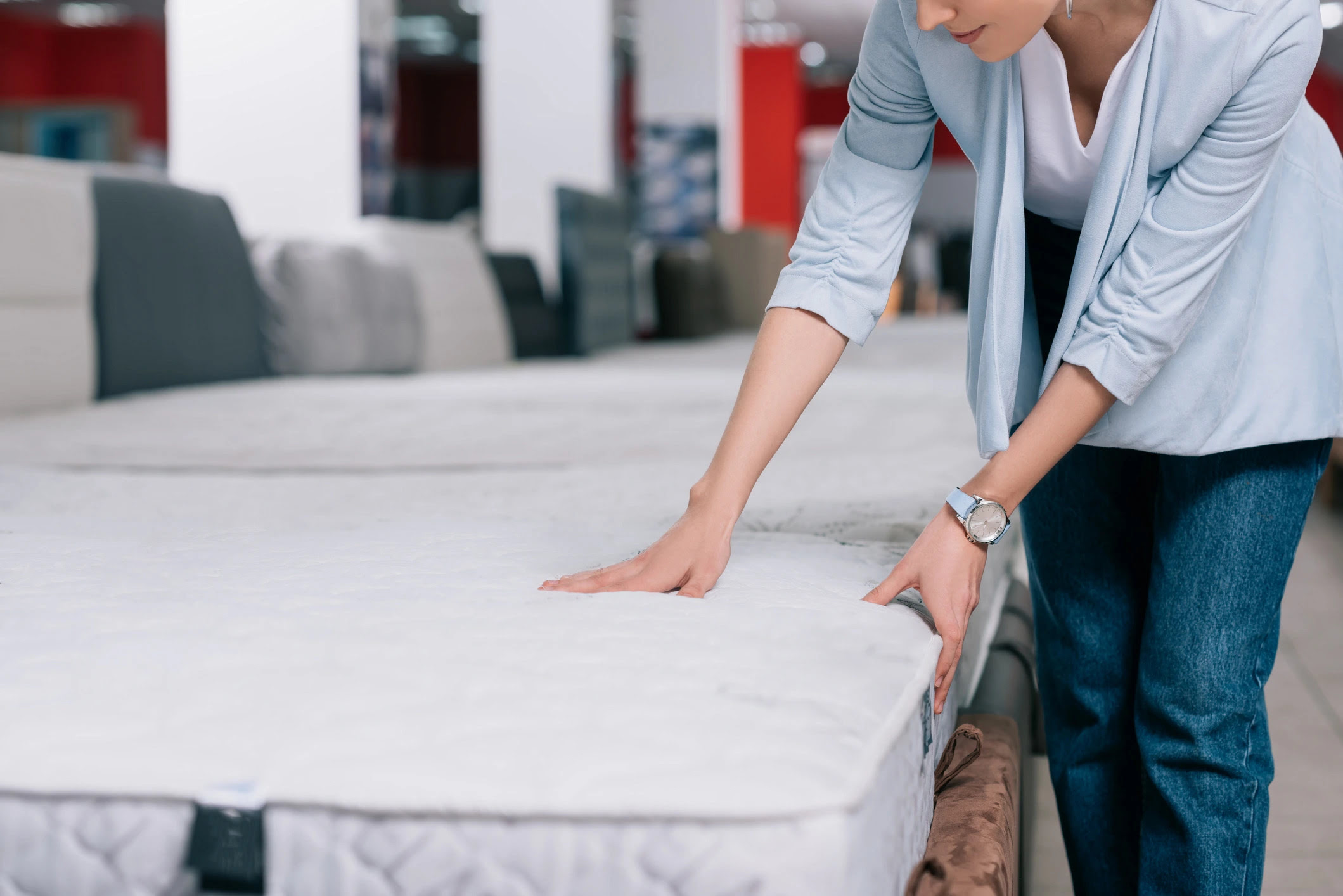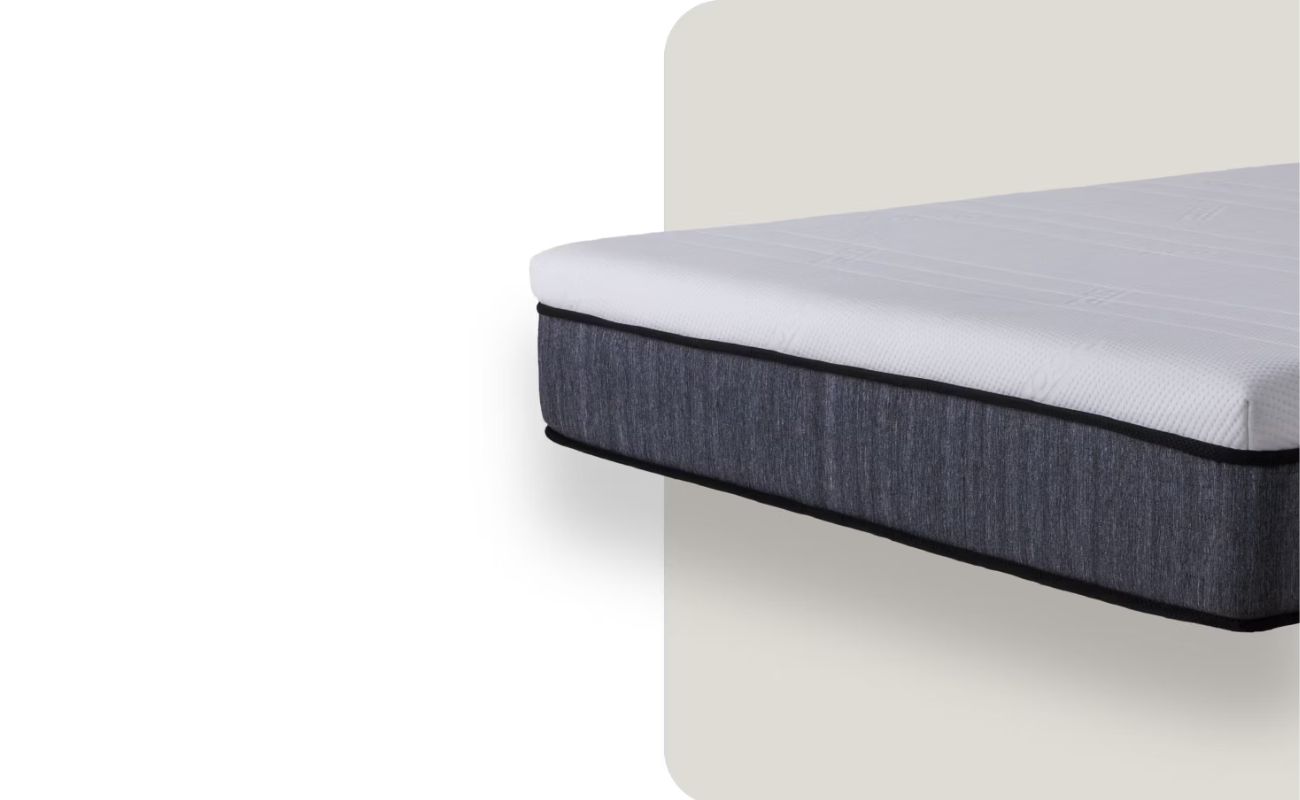Home>Furniture>Bedroom Furniture>When Should You Rotate Your Mattress
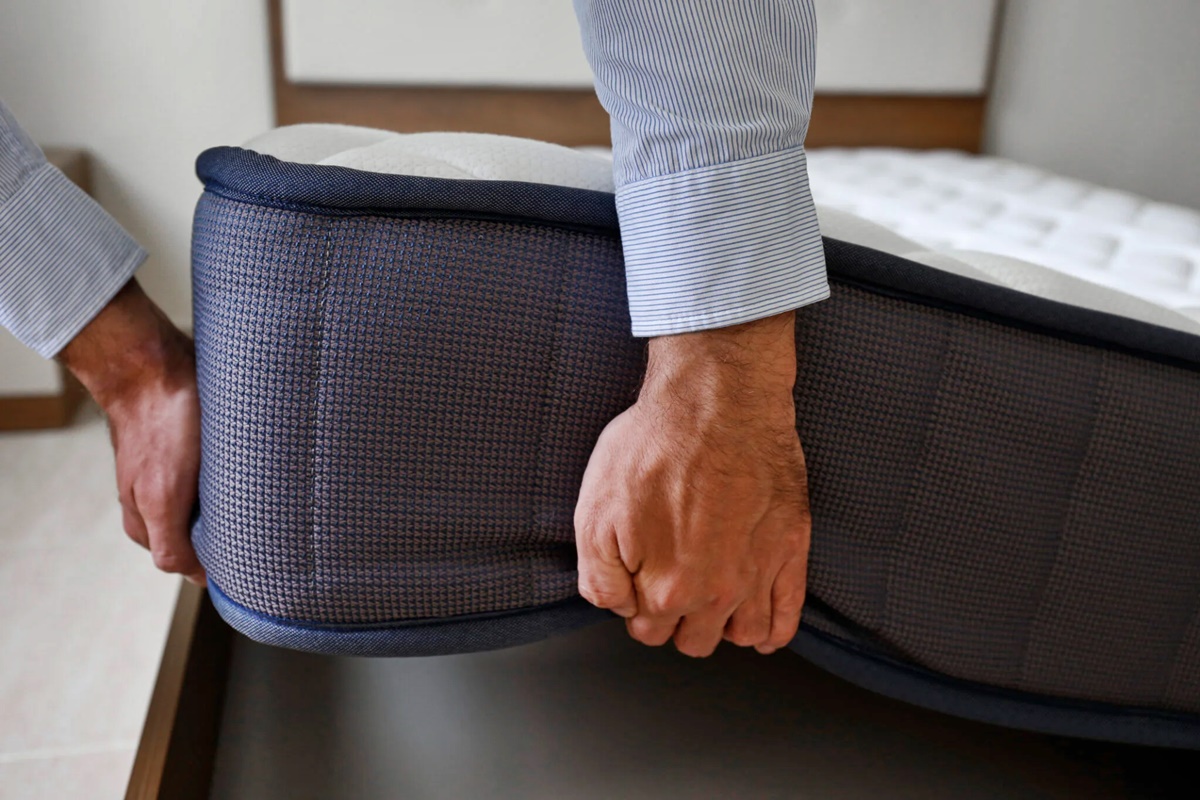

Bedroom Furniture
When Should You Rotate Your Mattress
Modified: December 20, 2023
Discover when the perfect time to rotate your mattress in the bedroom furniture is. Extend its lifespan and ensure a restful sleep experience.
(Many of the links in this article redirect to a specific reviewed product. Your purchase of these products through affiliate links helps to generate commission for Storables.com, at no extra cost. Learn more)
Introduction
Welcome to the world of bedroom furniture, where comfort and relaxation take center stage. One crucial component of a good night’s sleep is a high-quality mattress. However, even the best mattress can eventually experience wear and tear, leading to a decline in its performance and comfort.
Fortunately, there are steps you can take to extend the lifespan of your mattress and ensure its optimal condition for years to come. One such step is rotating your mattress regularly. In this article, we’ll delve into the importance of mattress rotation, the signs that indicate it’s time to rotate, and provide you with a step-by-step guide on how to do it effectively.
So, let’s dive in and discover the benefits of mattress rotation and how it can contribute to a better sleeping experience.
Key Takeaways:
- Regularly rotating your mattress can prevent sagging, extend its lifespan, and improve sleep quality by distributing wear and tear evenly.
- Pay attention to signs like indentations and discomfort to determine when it’s time to rotate your mattress, and follow a step-by-step guide for effective rotation.
Read more: How Often Should You Rotate A Mattress?
Signs that your mattress needs rotating
Knowing when to rotate your mattress is essential to maintain its longevity and optimize your sleeping experience. Here are some signs that indicate your mattress may be due for a rotation:
- Indentations and sagging: Over time, the constant pressure from your body weight can cause indentations and sagging in the mattress. If you start noticing visible depressions or unevenness, it’s a clear sign that the mattress needs rotating. By rotating the mattress, you help distribute the weight more evenly and prevent these indentations from becoming permanent.
- Uneven wear and tear: Take a close look at your mattress and observe for any signs of uneven wear and tear. This could be manifested as worn-out areas or lumps in specific spots. Rotating the mattress helps ensure that all areas are exposed to equal pressure, reducing the likelihood of uneven wearing.
- Body impressions: Body impressions occur when your body leaves behind an impression on the mattress surface. If you notice distinct body impressions forming on your mattress, it’s an indication that it’s time to rotate it. By doing so, you allow the mattress to recover and regain its original shape.
- Loss of comfort and support: If you find yourself waking up with aches and pains or experiencing discomfort during the night, it may be due to the loss of comfort and support in your mattress. Rotating your mattress helps distribute the weight evenly, ensuring that you receive consistent support throughout the entire sleeping surface.
- Allergens and odors: Another sign that your mattress needs rotation is the accumulation of allergens or unpleasant odors. When you rotate the mattress, you allow for proper ventilation and reduce the buildup of allergens, dust mites, and moisture, which can contribute to an unpleasant sleeping environment.
By paying attention to these signs, you can determine when it’s time to rotate your mattress and take the necessary steps to maintain its quality and performance. Now, let’s explore the benefits of regular mattress rotation.
Benefits of rotating your mattress
Regularly rotating your mattress offers several benefits that can enhance your sleeping experience and prolong the lifespan of your mattress. Here are some key advantages of mattress rotation:
- Even wear and tear: By rotating your mattress, you ensure that different areas of the mattress are exposed to an equal amount of pressure. This helps distribute the wear and tear more evenly, preventing excessive sagging or indentations in specific areas. As a result, your mattress will maintain its support and comfort for a longer period.
- Enhanced comfort and support: Over time, the materials in a mattress may start to compress in certain areas due to regular use. By rotating your mattress, you allow these materials to recover and regain their original shape, providing consistent comfort and support throughout the entire sleeping surface. This can help alleviate body aches and optimize your sleep quality.
- Extended mattress lifespan: Rotating your mattress can significantly prolong its lifespan. By preventing excessive wear and tear in specific areas, you reduce the chances of developing permanent indentations or sagging. This means you can enjoy the benefits of your mattress for a longer period, saving you money in the long run.
- Better hygiene: Dust mites, allergens, and moisture can accumulate in your mattress over time. Rotating the mattress allows for better air circulation and ventilation, reducing the buildup of these allergens and odors. This contributes to a cleaner and healthier sleeping environment, promoting better overall hygiene.
- Improved sleep quality: A well-maintained and comfortable mattress has a significant impact on your sleep quality. By rotating your mattress, you ensure that it remains supportive and comfortable, allowing you to achieve a more restful and rejuvenating sleep each night.
Taking the time to rotate your mattress periodically is a simple yet effective way to maximize its performance, comfort, and lifespan. Now that we understand the benefits, let’s explore how often you should rotate your mattress.
How often should you rotate your mattress?
The frequency of rotating your mattress may vary depending on the type of mattress you have. However, as a general guideline, it is recommended to rotate your mattress every 3-6 months.
If you have a pillow-top or euro-top mattress, it is advisable to rotate it more frequently. The additional padding in these mattresses can compress faster, leading to uneven wear. Rotating them every 2-3 months can help prevent premature sagging and maintain the mattress’s overall support.
On the other hand, if you have a memory foam or latex mattress, rotating it every 6 months should be sufficient. These types of mattresses tend to have better durability and resistance to wear and tear.
It’s also a good idea to pay attention to any specific guidelines or recommendations provided by the manufacturer. They may have specific instructions on how often to rotate the mattress based on its construction and materials.
Additionally, consider factors such as the number of occupants and usage of the mattress. If the mattress is used by two individuals or experiences heavy use, you might need to rotate it more frequently to distribute the weight evenly.
Regularly checking the condition of your mattress and being attentive to any signs of wear and sagging can also help you determine if it’s time for rotation. Keep in mind that prevention is key, and rotating your mattress is a proactive measure to maintain its longevity and performance.
Now that we know how often to rotate a mattress, let’s proceed to the step-by-step guide on how to rotate it effectively.
Rotate your mattress every 3-6 months to ensure even wear and prolong its lifespan. This can help prevent sagging and maintain support for a better night’s sleep.
Step-by-step guide to rotating your mattress
Rotating your mattress may sound like a daunting task, but with a simple step-by-step guide, it can be a smooth and effortless process. Here’s how you can rotate your mattress effectively:
- Clear the area: Before you start, remove any bedding, pillows, or other objects from the mattress. This will give you enough space to maneuver and rotate the mattress.
- Enlist a helper if needed: Depending on the size and weight of the mattress, it may be helpful to have an extra set of hands. Enlist a family member or friend to assist you in flipping and rotating the mattress.
- Flip the mattress: If you have a mattress that is flippable (meaning it can be used on both sides), start by flipping it over. This will help distribute the wear and tear on both sides and ensure even support. If your mattress is not flippable, you can skip this step.
- Rotate the mattress: Once the mattress is flipped, rotate it 180 degrees (head to foot). This means the head of the mattress will now become the foot, and vice versa. This rotation helps distribute the weight and pressure on different areas of the mattress, promoting even wear and tear.
- Reposition the mattress: Carefully move the mattress back to its original position on the bed frame or foundation. Ensure that it is aligned properly and centered on the frame.
- Make the bed: Finally, put fresh sheets, pillowcases, and bedding on the mattress to complete the process. Enjoy your newly rotated mattress and the enhanced comfort it provides.
Following these simple steps regularly can significantly extend the lifespan of your mattress and maintain its performance. Remember to consult the manufacturer’s guidelines or specific instructions if provided.
Now that you know how to rotate your mattress, let’s explore some additional tips to help you maintain your mattress’s longevity.
Read more: When To Rotate A Mattress
Tips for maintaining mattress longevity
Proper maintenance is crucial for maximizing the lifespan of your mattress. Here are some tips to help you maintain the longevity of your mattress:
- Use a mattress protector: Invest in a high-quality mattress protector to shield your mattress from spills, stains, dust mites, and allergens. A mattress protector acts as a barrier and keeps your mattress clean and hygienic.
- Rotate and flip regularly: As we discussed earlier, regular rotation and flipping of your mattress help distribute the wear and tear evenly. This prevents excessive sagging and indentations in specific areas, prolonging the mattress’s lifespan.
- Avoid jumping on the bed: While it may seem tempting, avoid jumping or bouncing on your mattress. The excess pressure and strain can damage the internal components and compromise the mattress’s structural integrity.
- Don’t eat or drink in bed: Eating or drinking in bed increases the risk of spills and stains. The liquids can seep into the mattress, causing unwanted odors and potential damage. It’s best to enjoy your meals or beverages in a designated eating area.
- Regularly clean your mattress: Vacuum your mattress periodically to remove any dust, dirt, or debris that may accumulate over time. This helps maintain a clean and allergen-free sleeping environment. If your mattress has a removable cover, follow the manufacturer’s cleaning instructions.
- Avoid sitting on the edges: Sitting or frequently placing weight on the edges of the mattress can cause it to sag or lose its shape over time. To preserve the mattress’s integrity, use the designated seating areas or a sturdy bed frame for support.
- Follow weight guidelines: Pay attention to the weight limits specified by the manufacturer. Overloading the mattress with excessive weight can lead to accelerated wear and tear, affecting its performance and longevity.
- Keep pets away: If you have pets, it’s best to train them to sleep in their own designated areas. Pets can shed fur, carry dirt, or have accidents, which can compromise the cleanliness and hygiene of your mattress.
- Replace when necessary: While proper maintenance can extend the lifespan of your mattress, it’s important to recognize when it’s time for a replacement. If you consistently experience discomfort, sagging, or excessive wear even after rotating and maintaining your mattress, it may be a sign that it’s time to invest in a new one.
By following these tips, you can ensure that your mattress stays in optimal condition, providing you with the comfort and support that you need for a restful night’s sleep.
Before we conclude, let’s summarize the key points we’ve covered in this article.
Conclusion
Taking care of your mattress is crucial for maintaining its longevity and ensuring a restful sleep experience. Regularly rotating your mattress is a simple yet effective way to distribute wear and tear, prevent sagging, and extend its lifespan. By paying attention to the signs that indicate the need for rotation and following a step-by-step guide, you can easily incorporate this maintenance task into your routine.
In addition to rotating your mattress, implementing other good practices, such as using a mattress protector, keeping your bed clean, and following weight guidelines, can further contribute to its longevity. Remember, prevention is key in maintaining a healthy and comfortable sleeping environment.
By investing the time and effort in properly maintaining your mattress, you ensure that it continues to provide the support and comfort you need for a good night’s sleep. Not only will this enhance your overall well-being, but it will also save you money in the long run by delaying the need for a replacement.
So, listen to your mattress and pay attention to its needs. Rotate it regularly, clean it diligently, and take the necessary steps to ensure its longevity. Your mattress will thank you with years of restful nights and rejuvenating sleep.
Frequently Asked Questions about When Should You Rotate Your Mattress
Was this page helpful?
At Storables.com, we guarantee accurate and reliable information. Our content, validated by Expert Board Contributors, is crafted following stringent Editorial Policies. We're committed to providing you with well-researched, expert-backed insights for all your informational needs.
